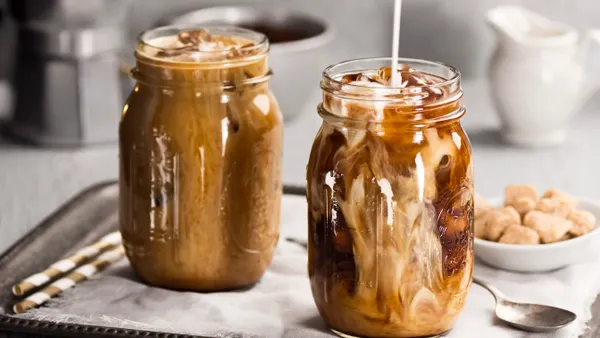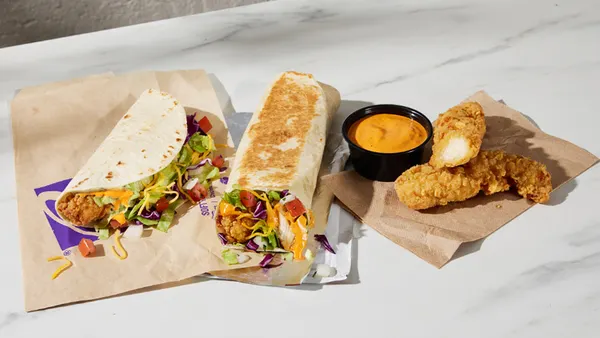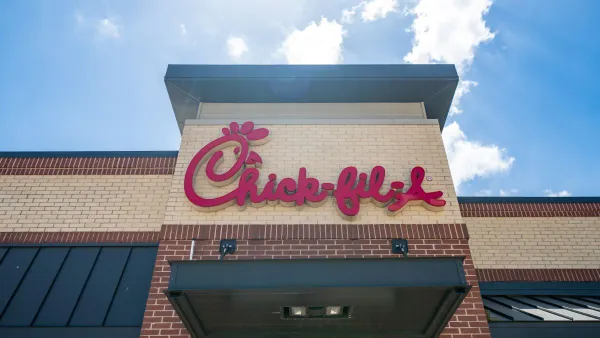Dive Brief:
- A report from Oracle finds that increased off-premise business at restaurants is impacting customer expectations for speed of service. Over 20% of restaurant customers are annoyed after waiting two minutes to order at the drive-thru window, which jumps to 70% of customers if the wait is five minutes to order.
- Further, 47% of respondents said they feel like delivery and takeout orders have resulted in longer waits when they're ordering in person, while 38% of consumers believe dine-in business is less of a priority than digital orders. That may be the case for some chains as digital orders generally yield higher sales.
- This growing impatience comes as digital orders continue to increase despite a return to dine-in business. Seventy-five percent of all restaurant visits in November and early December were off-premise, The NPD Group said in an email to Restaurant Dive. Off-premise business increased 9% in the year ending October compared to a year ago, and increased by 19% compared to the same period two years ago.
Dive Insight:
Many restaurants relied on the drive-thru, delivery and takeout to survive the past year and a half, but it has slowed service, with average drive-thru in 2021 speed of service increasing by 26 seconds, according to SeeLevelHX.
This trend has worsened as labor pressures mount and there are fewer employees to fulfill both off-premise and dine-in volumes. The pressures of balancing more business with fewer people has led to a high quit rate, including employees leaving mid-shift, as has been the case at Starbucks and Dairy Queen. At least five workers quit in a single day at a Texas Chipotle because of a surge in digital demand, according to Business Insider.
This shift in consumer demand has led several chains to rethink their operational processes and restaurant models. Wendy's, Taco Bell, Del Taco, Burger King, KFC and McDonald's have started experimenting with drive-thru-only locations, for example. In December, Shake Shack opened its first-ever drive-thru, which features a split-kitchen design with a separate area dedicated to preparing drive-thru orders.
A few chains, including Wendy's and Chick-fil-A, have tried to ease operational pressure by turning to ghost kitchen models to handle delivery orders.
These solutions may not meet the five-minute wait threshold, however, and some chains are adding mobile order-ahead and mobile payment options to hasten service. Such added conveniences may incite additional digital orders, however, which could slow down the kitchen production.
Other operators may not be able to afford to test new brick-and-mortar models or order/payment technology to meet the increased demand for speed, and they will likely be at a disadvantage as expectations change. Two minutes, and even five minutes seem challenging even for fully staffed kitchens. If this expectation continues, automation may become a bigger part of the conversation as 50% of operators plan to deploy some automated technology within two to three years.













